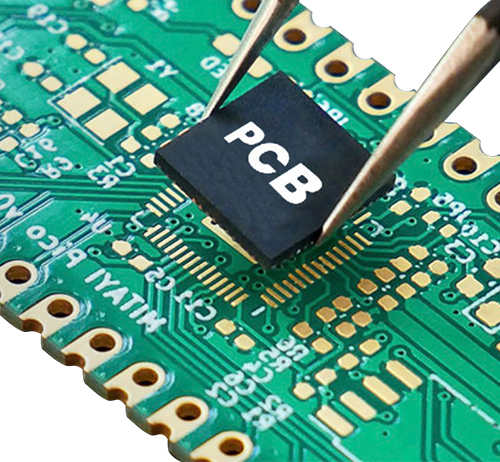Time:2023-03-27 Visit:
For some friends who are new to aluminum substrates, there are still questions about the difference between aluminum substrates and PCB boards. Today, the editor will talk to you specifically about this question.

Aluminum substrate is a metal-based copper-clad laminate with good heat dissipation function. Generally, a single panel is composed of a three-layer structure, which is a circuit layer (copper foil), an insulating layer and a metal base layer. PCB board, also called printed circuit board, is a provider of electrical connections for electronic components.
PCB board is a big category, aluminum substrate is only one of the types, and the design is designed in accordance with the requirements of pcb board. The aluminum substrate we generally call is a single-sided aluminum-based PCB board with good thermal conductivity and is generally used in the LED industry. At present, the commonly used LED aluminum substrate has two sides, the white side is for soldering the LED pins, and the other side is the natural color of aluminum. Generally, the thermal conductive paste is applied to the thermal conductive part to contact.
The PCB boards we talk about are generally copper substrates. According to the number of layers, it can be divided into single-layer and double-layer boards and multi-layer boards. Compared with the aluminum substrate, one material is copper and the other is aluminum plate. Because of its special PP material, aluminum substrate has better heat dissipation effect than PCB board, and the price is relatively expensive.